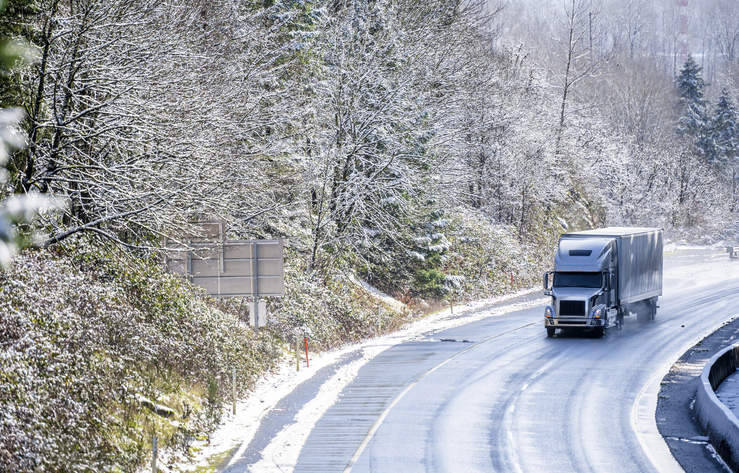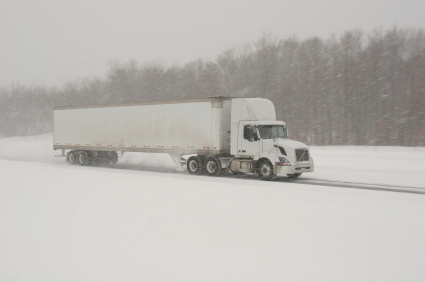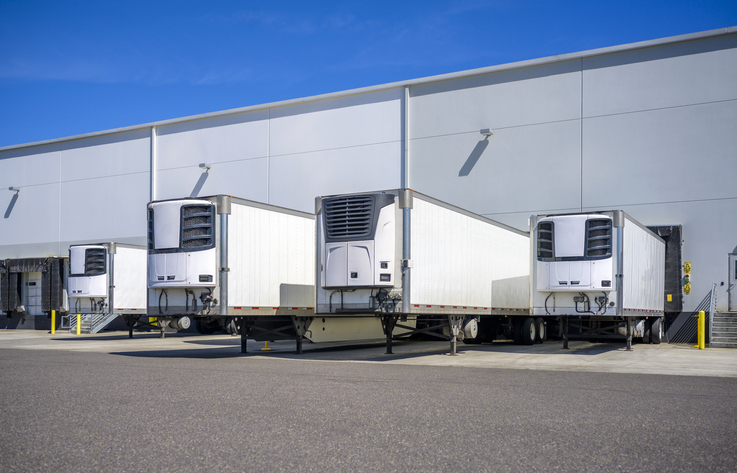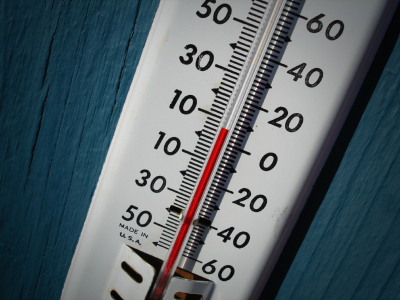 In a recent study released by The Conference Board of Canada titled, “We Have Been Here Before” it concludes that since deregulation in 1987 as a whole, the transportation industry has absorbed cost increases while passing most of their productivity gains on to shippers.
In a recent study released by The Conference Board of Canada titled, “We Have Been Here Before” it concludes that since deregulation in 1987 as a whole, the transportation industry has absorbed cost increases while passing most of their productivity gains on to shippers.
Some of the key findings of the study are:
From 1986 to 2003, trucking industry total factor productivity (TFP) increased by an average 1.7 per cent per year. Meanwhile, prices increased by just 0.8 per cent per year on average in nominal terms, while prices dropped in real terms. This adjustment occurred despite average increases in input prices (labour, fuel, capital,etc.) of 2.6 per cent per year.
Put another way, 87 per cent of productivity gains have been used to hold down output prices in the face of rising fuel, capital, labour, and other costs, rather than to increase profit.
This study echoes what most people who work in the transportation industry know to be true. That trucking is a highly competitive industry where survival depends on productivity gains and price competitiveness. Generally, any price increases passed along to customers are absolutely necessary and reflective of input cost increases. And, as the study concludes, most of all productivity gains are used to offset input price increases experienced by the carriers in terms of fuel, labour and insurance cost increases.
Things You Can do to Help Lower Transportation Costs
Many shippers believe that volume buys lower rates. While this is true to some extent, there is a limit to this logic. Think about it. If you drive from point A to point B and add up your time, wear and tear per mile, cost of fuel, etc. Then do it 100 times and see if your costs go down. They don’t. The real challenge to getting costs down is to work with your transportation provider to take cost out of the system. Here are some areas where you can work with your carrier to help reduce transportation costs:
Waiting Time
Any time spent by the carrier waiting to get loaded or unloaded, is waste. It’s productive time that is not being used for a productive purpose. Take steps to reduce waiting time at your facility. Get trucks in and out fast. Many shippers have policies of appointment system and/or first come first served systems. While neither are perfect, the focus has to be on getting the average waiting time for carriers down. In the end, any unproductive time for the carrier will find its way into your rates.
Fair Assessorial Charges
Many shippers take the approach of trying to eliminate or reduce assessorial charges to unrealistic levels. Unrealistically low, or non-existent assessorial charges introduce an element of risk for the carrier. A carrier’s margin is slim and an unexpected cost without compensation can make or break their profitability. A carrier will have to charge more in their base rate to compensate for the “uncertainty factor”. Talk with your carriers and negotiate fair and equitable assessorial charges. This will allow the carrier to price their line-haul economically.
Be a Shipper of Choice
The best, most experienced drivers often have first choice on the loads they want to take. These most experienced drivers are the low cost drivers. They know the paperwork, their routes, and how to drive in the most efficient manner. If these drivers enjoy picking up and delivering at your facility, you’ll be come a shipper of choice. These drivers will want to frequent your facility.
- Get them in and out fast
- Make the waiting area comfortable
- Provide washroom facilities for the drivers
- Be courteous and polite to the drivers
Pay on time
Paying on time is critical for a carrier’s cash flow. Trucking is a cash intensive business. Many of the costs like labour and fuel are paid up front while the revenue gets paid to the carrier much later. If you’re using a freight payment company to pay your freight bills, make sure they are paying fairly. Many freight payment company’s make their money on the interest on your money. That means that to make money, they have to pay your carriers slower than you pay them. Many do this through strict payment rules and rejecting invoices that often go back to the shipper and don’t get resolved for months. These costs will eventually end up in your rates if you don’t take action to make the payment process easier.
In conclusion, shippers have a great influence on the cost of transportation. Shipping policies and procedures have a huge influence on the shipping rates you pay. Your carriers operate on thin margins and competitive marketplace ensures they are squeezing out any savings or productivity gains on their end. Work with your carriers to generate ideas and policy changes to help reduce or offset cost increases in transportation.



 What is Heated Service Trucking vs. Protect from Freeze Service
What is Heated Service Trucking vs. Protect from Freeze Service
 Why do you need to worry about Temperature Controlled Transport?
Why do you need to worry about Temperature Controlled Transport?